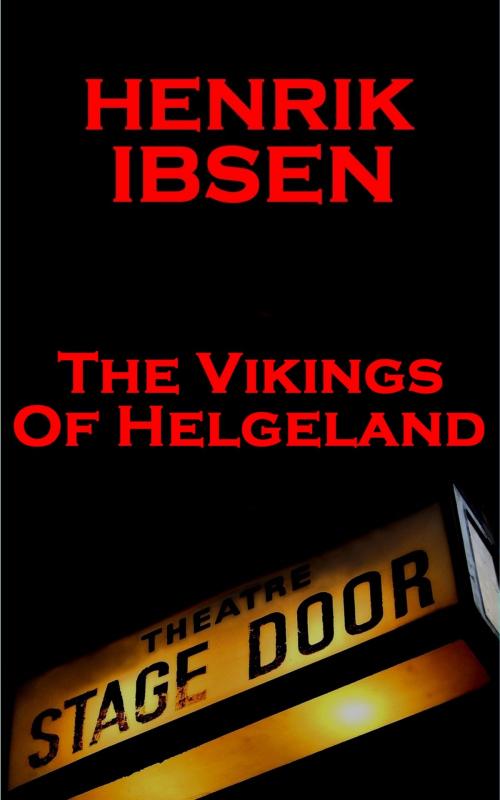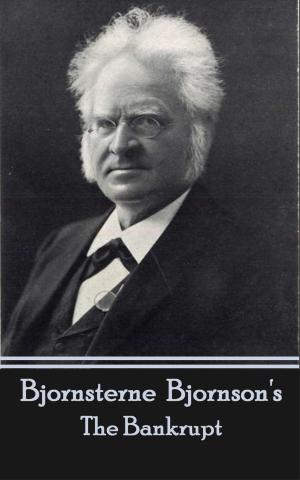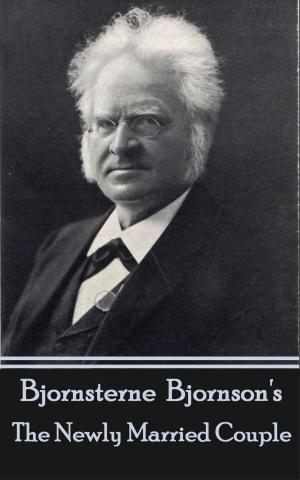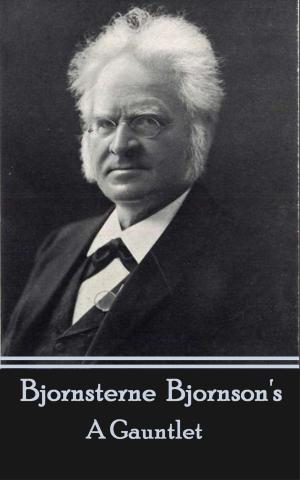| Author: | Henrik Ibsen | ISBN: | 9781780007816 |
| Publisher: | Stage Door | Publication: | December 15, 2009 |
| Imprint: | Language: | English |
| Author: | Henrik Ibsen |
| ISBN: | 9781780007816 |
| Publisher: | Stage Door |
| Publication: | December 15, 2009 |
| Imprint: | |
| Language: | English |
Henrik Ibsen (20th March, 1828 23rd May, 1906) is often referred to as the father of realism and ranked just below Shakespeare as Europes greatest ever playwright especially as his plays are performed most frequently throughout the world after Shakespeares. He was Norwegian and although set his plays in Norway, he wrote them in Danish and lived most of his professional life in Italy and Germany. His affect on the theatre is still evident today and shapes the distinction of plays being art as opposed to entertainment since he broke down all previous traditions and explored issues, developed characterisation, revealed uncomfortable truths, challenged assumptions and brokedown facades in ourselves as well as society. These factors are clearly demonstrated in The Vikings of Helgeland, another of Ibsens historical tragedies. The play takes place in the tenth century, during the time of Erik Blood-Axe in northern Norway when the country was becoming Christian and the influence of the Old Norse Sagas was diminishing. Ornulf and his seven sons are seeking their abducted sisters but tragedy awaits them in Ibsens fine play.
Henrik Ibsen (20th March, 1828 23rd May, 1906) is often referred to as the father of realism and ranked just below Shakespeare as Europes greatest ever playwright especially as his plays are performed most frequently throughout the world after Shakespeares. He was Norwegian and although set his plays in Norway, he wrote them in Danish and lived most of his professional life in Italy and Germany. His affect on the theatre is still evident today and shapes the distinction of plays being art as opposed to entertainment since he broke down all previous traditions and explored issues, developed characterisation, revealed uncomfortable truths, challenged assumptions and brokedown facades in ourselves as well as society. These factors are clearly demonstrated in The Vikings of Helgeland, another of Ibsens historical tragedies. The play takes place in the tenth century, during the time of Erik Blood-Axe in northern Norway when the country was becoming Christian and the influence of the Old Norse Sagas was diminishing. Ornulf and his seven sons are seeking their abducted sisters but tragedy awaits them in Ibsens fine play.















